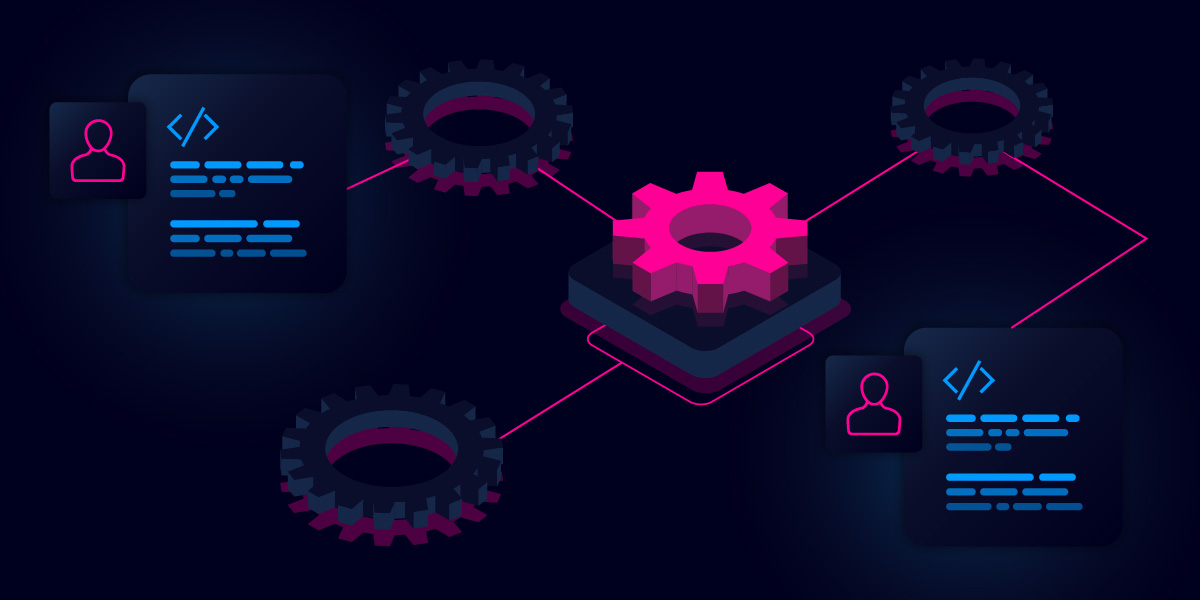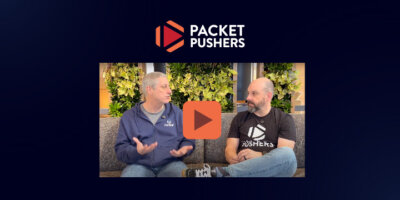Network engineers have been writing scripts for decades, and we love them.
Scripts are a critical part of automation, and they always will be. They make our lives easier, eliminate repetitive tasks, and allow us to move faster.
But in my recent TNOps Podcast conversation with Scott Robohn and Ethan Banks, we talked about a common challenge: scripts don’t scale on their own. When every engineer has their own way of scripting (different tools, silos, no standardization), automation becomes fragmented — and that slows everything down.
The solution isn’t to stop scripting. It’s to expand what scripts can do.
That’s where orchestration comes in. Orchestration isn’t about replacing scripts; it’s about bringing them together into structured workflows that ensure automation works at scale, across teams, and as part of a repeatable process. That’s how we deliver real, transformative results.
Automation Solves Tasks, Orchestration Delivers Services
Most engineers start automating by scripting individual tasks. That’s great — it’s how we solve problems quickly. But as Scott pointed out in the podcast:
![]()
“If I try to automate the upgrade of a network element, there’s a series of discrete steps: pre-checks, verifying the target image, running the upgrade, error checking, post-checks… That’s how we start thinking in workflows.”
Automation helps with individual parts of that process, but orchestration ensures the entire workflow happens correctly, consistently, and at scale. You want to stitch together automated activities to create a consumable service. Aka, you’re making sure network services actually do what the business needs.
That’s the difference:
- Automation → Running individual scripts to execute specific tasks.
- Orchestration → Connecting multiple automation steps into a structured, scalable workflow that integrates with key network, infrastructure, and IT systems.
Why Individual Scripts Can’t Scale
If every engineer writes their own scripts in their own way, the network becomes dependent on tribal knowledge. That means:
- Scripts are scattered across personal machines or local repositories — there’s no shared library or standardization.
- No consistent way to validate results or catch errors — if something fails, troubleshooting can take longer than the original task.
- Automation remains fragmented, meaning every new automation effort starts from scratch instead of building on existing work.
- Cross-team collaboration suffers — if one team automates something but another can’t access or understand it, efficiency is lost.
The result? Automation efforts stall. Engineers rely on scripts for their own tasks, but automation never reaches a point where the entire organization benefits.
Orchestration Expands the Impact of Automation
Orchestration takes what engineers are already doing — writing scripts, automating tasks — and integrates those efforts into structured workflows that scale. Instead of scripts being one-off solutions, they become repeatable and accessible to the entire organization.
Here’s what changes with orchestration:
Scripts work together, not in isolation.
Instead of running separate scripts for pre-checks, execution, and post-validation, orchestration combines them into a single, automated workflow — reducing manual touches.
Automation becomes accessible through APIs and self-service.
When an entire service is delivered as one end-to-end workflow, anyone (even non-network teams) can self-serve. Whether that’s through a custom portal, a pipeline, or application, orchestration exposes network services for consumption.
Network automation integrates with IT workflows.
Orchestration ensures network automation connects with ticketing systems, DevOps pipelines, change management, inventory — every key system in your environment.
Standardization reduces risk.
Engineers still script, but those scripts are now part of an orchestrated framework where inputs, outputs, error handling, and compliance checks are built in.
Orchestration doesn’t take away the flexibility of scripting — it enhances it. Engineers still write automation, but instead of being stuck in silos, their work is leveraged across teams, tools, and business processes.
The Path Forward: How Network Engineers Can Expand Their Automation Mindset
For teams that rely on custom scripts today, moving to orchestration isn’t about throwing away what works — it’s about expanding automation’s impact.
Steps to Evolve from Automation to Orchestration:
1. Treat your scripts like reusable building blocks.
- Instead of writing scripts for one-time use, think about how they can be structured as part of a broader automation framework.
- Store automation in a central repository, like GIT, or an automation platform, where others can access and improve it.
2. Automate complete workflows, not just individual tasks.
- If a script is handling device configuration, add pre-checks and post-checks to validate changes.
- If automating network changes, include error handling and rollback mechanisms.
3. Expose automation through APIs, workflows, and self-service portals.
- Orchestrate scripts into repeatable network services that can be triggered via self-service portals, CI/CD pipelines, or ticketing systems.
- Enable IT teams to request network changes dynamically, without manual intervention.
4. Integrate automation across teams and tools.
- Orchestration isn’t just about networking — it connects automation to security, cloud, and infrastructure teams to ensure networking moves at the speed of IT.
- Align automation with existing DevOps and IT service management (ITSM) processes.
Bottom Line: Expand, Don’t Replace, Your Scripts
Scripting is a core skill for network engineers. It’s not going away. But to truly scale automation across an enterprise, teams need to move beyond isolated scripts and think about how automation connects together.
Automation helps engineers move faster.
Orchestration helps the entire IT team consume networking as a service.
If your team is spending time writing great scripts, orchestration is how you make them even more valuable.
Want to learn more about this? Listen to my full podcast conversation with Scott Robohn and Ethan Banks of Packet Pushers, or watch this video for a quick rundown.




